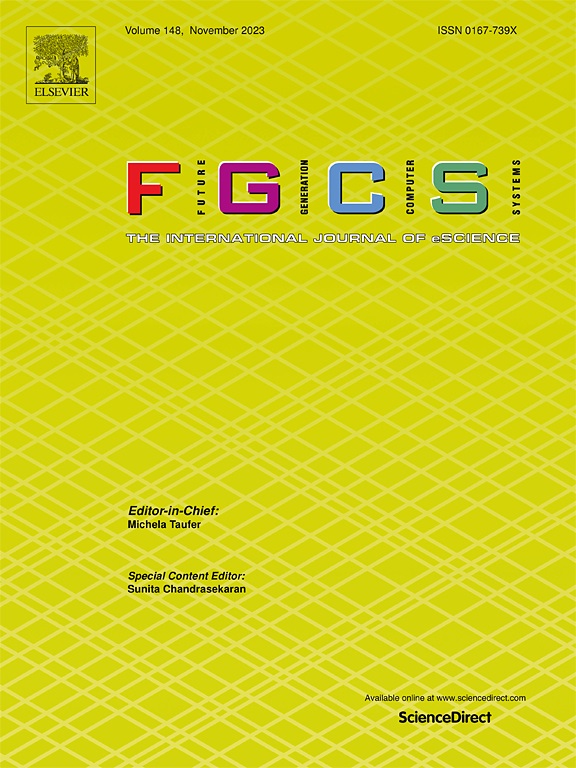Quantum machine learning algorithms for anomaly detection: A review
IF 6.2
2区 计算机科学
Q1 COMPUTER SCIENCE, THEORY & METHODS
Future Generation Computer Systems-The International Journal of Escience
Pub Date : 2024-12-09
DOI:10.1016/j.future.2024.107632
引用次数: 0
Abstract
The advent of quantum computers has justified the development of quantum machine learning algorithms, based on the adaptation of the principles of machine learning to the formalism of qubits. Among such quantum algorithms, anomaly detection represents an important problem crossing several disciplines from cybersecurity, to fraud detection to particle physics. We summarize the key concepts involved in quantum computing, introducing the formal concept of quantum speed up. The survey provides a structured map of anomaly detection based on quantum machine learning. We have grouped existing algorithms according to the different learning methods, namely quantum supervised, quantum unsupervised and quantum reinforcement learning, respectively. We provide an estimate of the hardware resources to provide sufficient computational power in the future. The survey provides a systematic and compact understanding of the techniques belonging to each category. We eventually provide a discussion on the computational complexity of the learning methods in real application domains.
量子机器学习异常检测算法综述
量子计算机的出现为量子机器学习算法的发展提供了理由,而量子机器学习算法的基础是将机器学习的原理与量子比特的形式主义相适应。在这些量子算法中,异常检测是一个重要问题,它跨越了从网络安全、欺诈检测到粒子物理等多个学科。我们总结了量子计算所涉及的关键概念,引入了量子加速的形式概念。调查提供了基于量子机器学习的异常检测结构图。我们根据不同的学习方法对现有算法进行了分组,即量子监督学习、量子无监督学习和量子强化学习。我们对未来提供足够计算能力的硬件资源进行了估算。通过调查,我们对每一类技术都有了系统而紧凑的了解。最后,我们对学习方法在实际应用领域中的计算复杂性进行了讨论。
本文章由计算机程序翻译,如有差异,请以英文原文为准。
求助全文
约1分钟内获得全文
求助全文
来源期刊
CiteScore
19.90
自引率
2.70%
发文量
376
审稿时长
10.6 months
期刊介绍:
Computing infrastructures and systems are constantly evolving, resulting in increasingly complex and collaborative scientific applications. To cope with these advancements, there is a growing need for collaborative tools that can effectively map, control, and execute these applications.
Furthermore, with the explosion of Big Data, there is a requirement for innovative methods and infrastructures to collect, analyze, and derive meaningful insights from the vast amount of data generated. This necessitates the integration of computational and storage capabilities, databases, sensors, and human collaboration.
Future Generation Computer Systems aims to pioneer advancements in distributed systems, collaborative environments, high-performance computing, and Big Data analytics. It strives to stay at the forefront of developments in grids, clouds, and the Internet of Things (IoT) to effectively address the challenges posed by these wide-area, fully distributed sensing and computing systems.

 求助内容:
求助内容: 应助结果提醒方式:
应助结果提醒方式:


